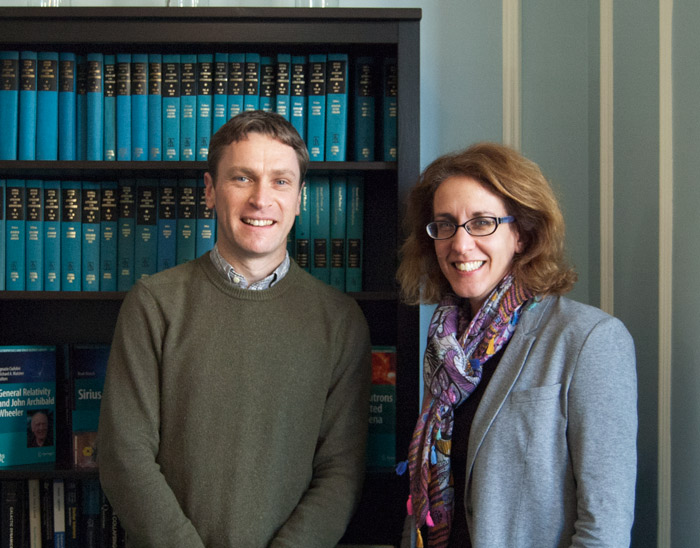McGill is home to many renowned astrophysicists, cosmologists, and planetary scientists. Until recently, however, space researchers at McGill lacked a place to share their work. Scientists were scattered between different departments, with offices ranging from Rutherford Physics Building to Burnside Hall. But all of this is changing with the creation of the McGill Space Institute.
“Looking around [the] campus at McGill, there’s a lot of expertise in space-related research,” said Professor Andrew Cumming, a physicist affiliated with the Institute. “We decided to create the Institute to bring together these different researchers and foster collaborations across disciplines.”
A $1 million donation from the Trottier Family Foundation not only created fellowships for students affiliated with the Institute but helped in the creation of a space for researchers at McGill to gather. The official home of the McGill Space Institute will be thirty-five fifty (3550) Robert-Bourassa Boulevard, formerly part of the Montreal Neurological Institute.
“I think [having a dedicated building] is key to the success of the institute,” said Cumming. “Particularly for interdisciplinary studies, it takes time to learn the particular language and jargon of the other discipline, and so having a physical location where researchers can talk and discuss ideas is crucial [….] Explaining your research to someone in another field is when the most interesting new ideas emerge.”
The Institute brings researchers together with a mixture of formal and informal events, such as seminar series and a daily ‘coffee time’ that is attended by researchers from across the Institute.
“Every day, tea time is [from] 3 to 3:30 or 4, and you just hang out and talk and some really interesting topics come up—I’ve learned a lot,” explained Miles Cranmer, a U1 math and physics student affiliated with the Institute. “[For example,] there’s a neutron [star] discussion group where you read a paper on neutron stars and you present the most interesting parts of it to the group, and then you discuss it.”
This type of environment creates a think tank that enables a variety of topics, from supernovas to the creation of new matter, to be shared amongst researchers.
“Whenever you go in, there are people talking about something really interesting.” Cranmer said. “You can bring up some topic you’ve read about and have a long discussion about it with someone, like nuclear pasta—[an exotic state of matter observed in neutron stars].”
Research areas include exoplanets, cosmology, the evolution of the universe, and high energy astrophysics. Although most of the research occurring at the institute is primarily theoretical, supporters of the Institute are quick to point out that scientific inquiry has a history of having unintended practical applications.
“Quite often, the new instruments that are being built to do some of these observations are pushing the limits of technology,” said Lorne Trottier, a McGill alumnus and benefactor of the Institute. “From some of that work, people develop skills that are very useful in other fields—and some of the techniques and hardware and algorithms that they develop may find some commercial application as well.”
Ultimately, much of the motivation behind the research that goes on at the Institute stems simply from human curiosity.
“The kinds of questions that they’re looking for answers for are very fundamental, and something that I think most people have some sort of deep interest in,” explained Trottier. “Where do we come from? How did our universe come into being? How have we evolved over time? Is there life in the universe? Are we alone?”
Until these questions are answered, scientists like those at the Institute will undoubtedly continue to search the stars.







